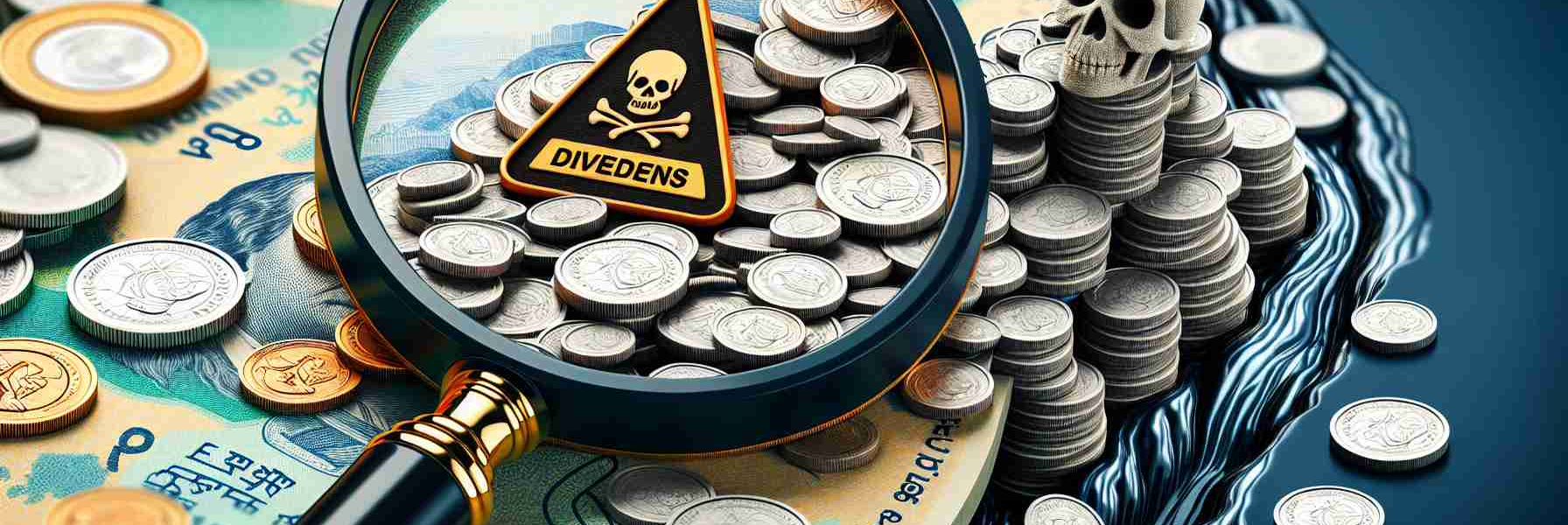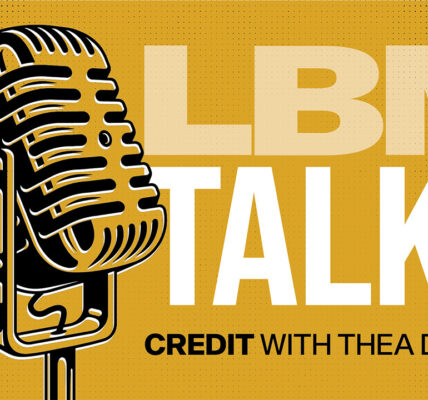Understanding the Hidden Challenges in Dividend Investments
In the world of dividend investing, Akzo Nobel India serves as an intriguing example, especially as it prepares to go ex-dividend soon. Shareholders eyeing the payout on December 7th need to mark November 14th on their calendars, as those purchasing shares after this date won’t qualify. However, beneath the surface of this attractive income opportunity lies a critical conversation about dividend sustainability that investors should not ignore.
The Double-Edged Sword of Dividend Payments
While Akzo Nobel India offers a commendable ₹70 per share dividend this year, the company’s financial strategy reveals some underlying issues. Remarkably, Akzo Nobel has distributed 101% of its cash flow in dividends, exceeding the usual sustainable limit. This reliance on profits over actual cash reserves raises significant concerns about the future sturdiness of their payouts.
Crucial Factors for Consideration
– Sustainability Concerns: Investors must consider whether Akzo Nobel India can maintain this high payout without jeopardizing financial health. The exceeding of cash flow is a warning signal.
– Long-Term Growth vs. Dividend Policy: Despite a healthy 16% growth in earnings per share over the past five years, the company’s need to balance between rewarding shareholders today and reinvesting for tomorrow remains a pressing issue.
Strategic Implications for Investors
For those evaluating Akzo Nobel India, careful examination of the company’s future prospects and the sustainability of its dividend strategy is crucial. It’s essential to weigh the risks of relying heavily on dividends against the benefits of a diversified investment approach. Seek more insights on investment strategies by visiting financial expert platforms.
The Hidden Costs of High Dividend Yields
Dividend investing often promises a reliable income stream, but does a higher yield always mean a better investment? Companies like Akzo Nobel India that offer substantial dividends bring to light some controversies and lesser-discussed aspects of high dividend yields.
Surprising Risks of High Dividend Yields
What pitfalls might investors face with companies like Akzo Nobel India when dividend yields seem too good to be true? A high yield might indicate underlying financial stress, where companies overextend payouts to attract investors, despite potential cash reserve deficiencies. Akzo Nobel’s strategy of distributing more than 100% of its cash flow in dividends exemplifies how attractive yields can overshadow financial volatility.
Interesting Facts and Concerns
Did you know that higher dividend yields aren’t always sustainable? Companies that consistently distribute more than they earn are likely to face reduced cash reserves, forcing eventual cutting of dividends. Also, tax implications often vary by region, potentially diminishing the true benefit of high dividends.
Pros and Cons of High Dividend Strategies
Advantages of high dividends are evident—they offer immediate income and attract investors during low-interest environments. Conversely, disadvantages surface when those high payouts undermine long-term growth, leading to instability. Companies might struggle to invest internally, resulting in slower growth or increased debt.
Is There a Middle Ground?
Is a balanced approach possible? Yes—investors should consider companies with moderate yields and robust reinvestment strategies. Platforms like Fool.com provide insights into diversified investment strategies that can deliver stability and sustainable growth over time. By understanding these dynamics, investors can make informed decisions that align with their financial goals.





